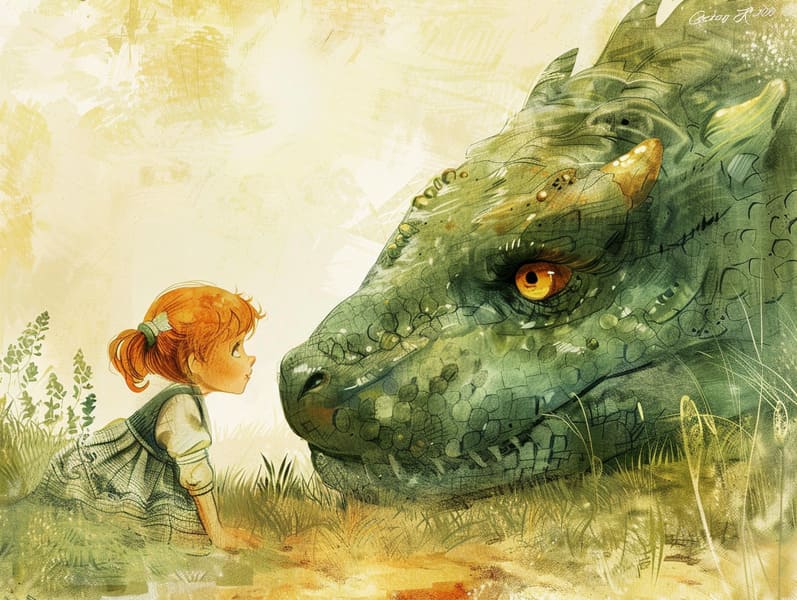Appreciating the Magic of Bedtime Fables: Building Beloved Occasions with Your Little Ones
Appreciating the Magic of Bedtime Fables: Building Beloved Occasions with Your Little Ones
Blog Article

Evening is a cherished time for caregivers and children. It’s a chance to settle down, cuddle up, and partake in the enchantment of stories.
For lifetimes, stories for kids at bedtime have been a beloved custom, offering more than just a way to rest. They provide an occasion for togetherness, development, and sparking fantasy.
Why Bedtime Stories Matter
Children's bedtime stories mean more than a way to close the day. They play a crucial role in a child’s progress and in enhancing the parent-kid rapport. Here’s why they are important:
1. Bonding Time: Reading together at bedtime develops a special period of closeness between kids and their parents. It’s a moment of intimacy that helps children feel valued and protected.
2. Vocabulary Building: Enjoying narratives helps children develop their language skills. They understand new terms, understand syntax, and sharpen their listening and grasping abilities.
3. Inventiveness: Nightly stories take them to wondrous worlds, encouraging fantasy. They dream of characters, settings, and adventures, which fuels their imagination.
4. Emotional Growth: Children’s stories often involve characters facing challenges and emotions. These scripts help kids interpret and manage their own emotions, fostering emotional understanding.
5. Brain Growth: Following a story helps children develop mental engagement, recollection, and logical thinking. They acquire to follow tales, remember pieces, and deduce results.
Establishing Bedtime Story Rituals
Creating a bedtime routine that involves reading aloud stories is doable and fulfilling. Here’s how to turn it into a prized part of your evening practice:
1. Pick a Cozy Area: Select a snug place where you and your child can nestle in without distractions. A comfy bed or a comfortable reading nook works wonderfully.
2. Set a Consistent Time: Fix a specific time each night for tales. Routine helps children predict and makes the habit easier to follow.
3. Choose Suitable Stories: Choose tales that are tailored to your child’s interest level. Toddlers might be engaged by easy books with easy plots, while elementary kids may be interested in books with chapters with more complex plots.
4. Interact with the Story: Turn the tale come alive by employing different tones and voices, adding audio effects, and having your child to join in. Ask things about the story to keep them listening.
5. Set a Tranquil Atmosphere: Turn down the lights, use gentle voices, and create a quiet environment to help your child get ready for sleep.
How to Discover Bedtime Stories
There are endless ways where you can find wonderful bedtime stories for children. Here are some options to consider:
1. Children’s Literature: Look at your closest library or bookstore to find a broad selection of bedtime stories for kids. Exploring the choices together can be a enjoyable activity that also helps children to select stories that appeal to them.
2. Online Sources: There are many online platforms that offer free bedtime stories. Sites like free story websites provide a variety of short stories for kids that you can print out. These options are great for finding new and assorted stories without expense.
3. Story Apps and Audiobooks: For nights when you’re too fatigued to read, look into audiobooks or storytelling apps. These can provide a soothing voice to read your child a story, ensuring they still get their bedtime story fix. Apps often offer interactive aspects that can keep kids interested further.
4. Individualized Stories: Craft your own stories reflecting your child’s experiences. Personalized stories can be very engaging here and meaningful. You can include your child in the storytelling process, making them a part of the adventure.
Positive Sides of Short Stories
Quick stories for bedtime are extremely useful for bedtime. They provide all the good aspects of longer stories but are more compact, making them perfect for calming down before sleep. Here’s why short stories are a ideal choice:
1. Straightforward: To-the-point tales are direct and easy for kids to get, even after a long day. They can readily grasp the plot and enjoy the story without becoming distracted.
2. Immediate Attention: Compact stories immediately engage children, seizing their focus and imagination. This makes them excellent for keeping bedtime routines effective yet enjoyable.
3. Flexible Choices: Concise narratives allow for variety in your bedtime reading. You can get a different story each night, keeping the routine new and exciting for your child.
4. Time Management: For busy parents, concise narratives are a easy way to verify children still get their nightly dose of storytelling. They fit well into a hectic schedule while still offering the full plusses of a bedtime story.
Why "Read Me a Story" is Magic
The simple phrase, “Can you tell me a story?” can open a world of magic for children. Responding to this request not only satisfies a child’s requirement for attention and engagement but also fosters lasting moments. Here’s why it’s enchanting:
1. Relationship: Reading aloud to your child fosters a deep emotional connection. It’s a time for closeness, sharing, and bonding.
2. Legacy: Forming a bedtime story practice creates a beloved tradition that children expect every night. It’s a tradition that can be given through generations.
3. Growing Together: As you read, you’ll see your child’s evolution and maturation. Their questions, reactions, and understanding of the stories progress, offering insights into their developing minds.
4. Comfort Zone: Bedtime stories provide a safe space for children to navigate emotions, face fears, and find comfort in the familiar presence of a parent.
Summary
Children’s bedtime stories are a important tool for supporting a child’s growth and establishing unforgettable experiences of connection.